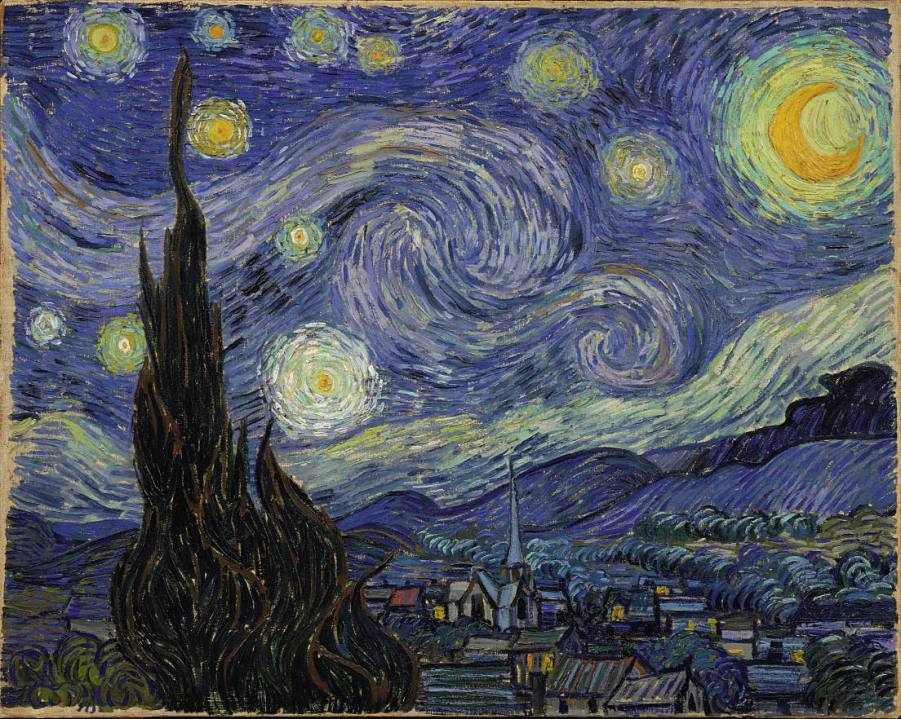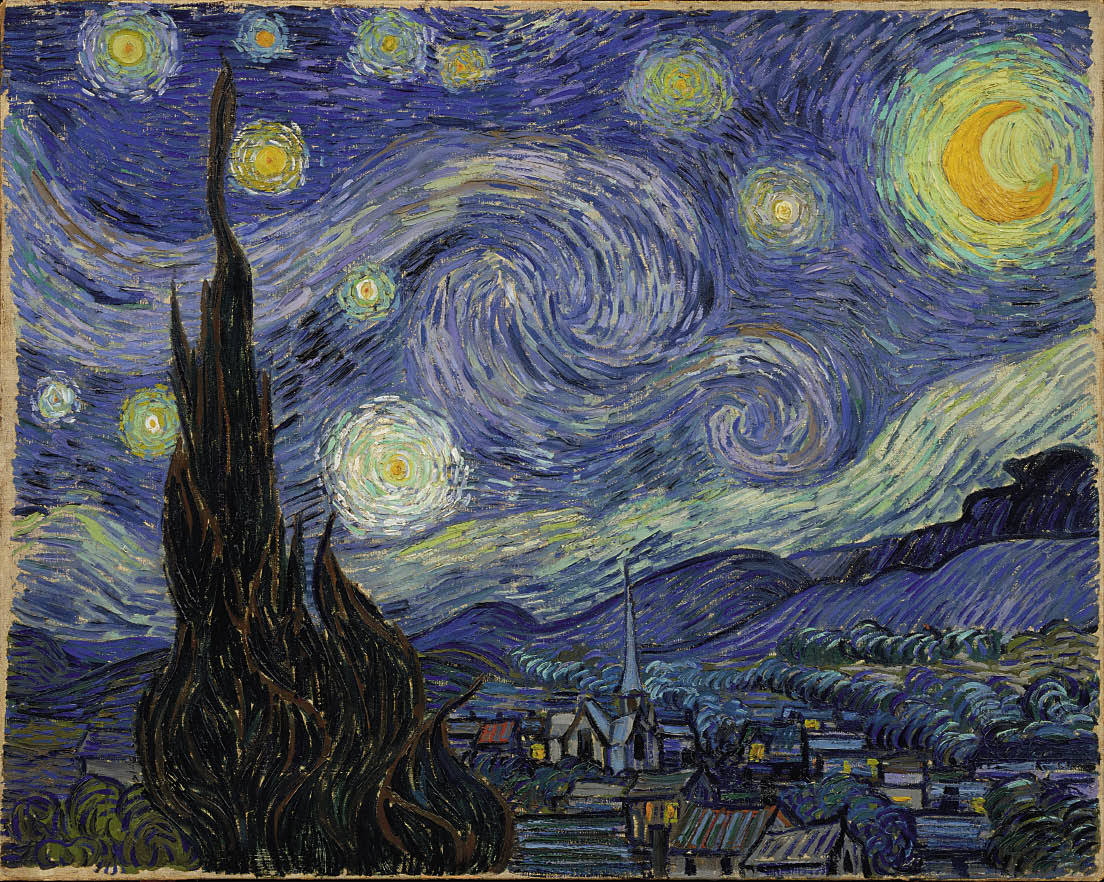Van Gogh and the Colours of the Night
Van Gogh Museum, Amsterdam until 7 June
Remembering his former teacher Vincent van Gogh, the painter Anton Kerssemakers described a walk one evening in 1884 from Nuenen to Eindhoven when Vincent suddenly stopped before the sunset, framed it in his hands and, half closing his eyes, cried out, ‘My God, how does such a fellow — whether God, or whatever you want to call him — how does he do that? We must be able to do that too!’
The hours of sunset, dusk and darkness — outdoors and in — always fascinated van Gogh. Perhaps it was the sense of sacredness that the pastor’s son could never separate from them, or perhaps it was the challenge to the modern painter posed by their colours — more likely, it was a mixture of the two. For whatever reason, the artist’s oeuvre includes a disproportionate number of after-hours subjects, 30 of which are now under the spotlight in the Van Gogh Museum’s latest exhibition.
The Van Gogh Museum is good at reminding us that the artist we often think of as honorary Mediterranean was actually Northern European to his boots. The museum’s 2006 exhibition Vincent Van Gogh and Expressionism revealed his importance to the German Expressionists; this one demonstrates his debt to the Dutch masters, comparing ‘The Potato Eaters’ (1885) with ‘The Holy Family at Night’ from the studio of Rembrandt. It also suggests that the French models for his nocturnes were not his Impressionist contemporaries but the earlier school of Barbizon painters, whose poetic feelings about the night chimed with his own, and whose use of colour came as a revelation. In Camille Corot’s ‘Moonlight’ (c.1855), Jean-François Millet’s ‘Starry Night’ (c.1851)









Comments
Join the debate for just £1 a month
Be part of the conversation with other Spectator readers by getting your first three months for £3.
UNLOCK ACCESS Just £1 a monthAlready a subscriber? Log in